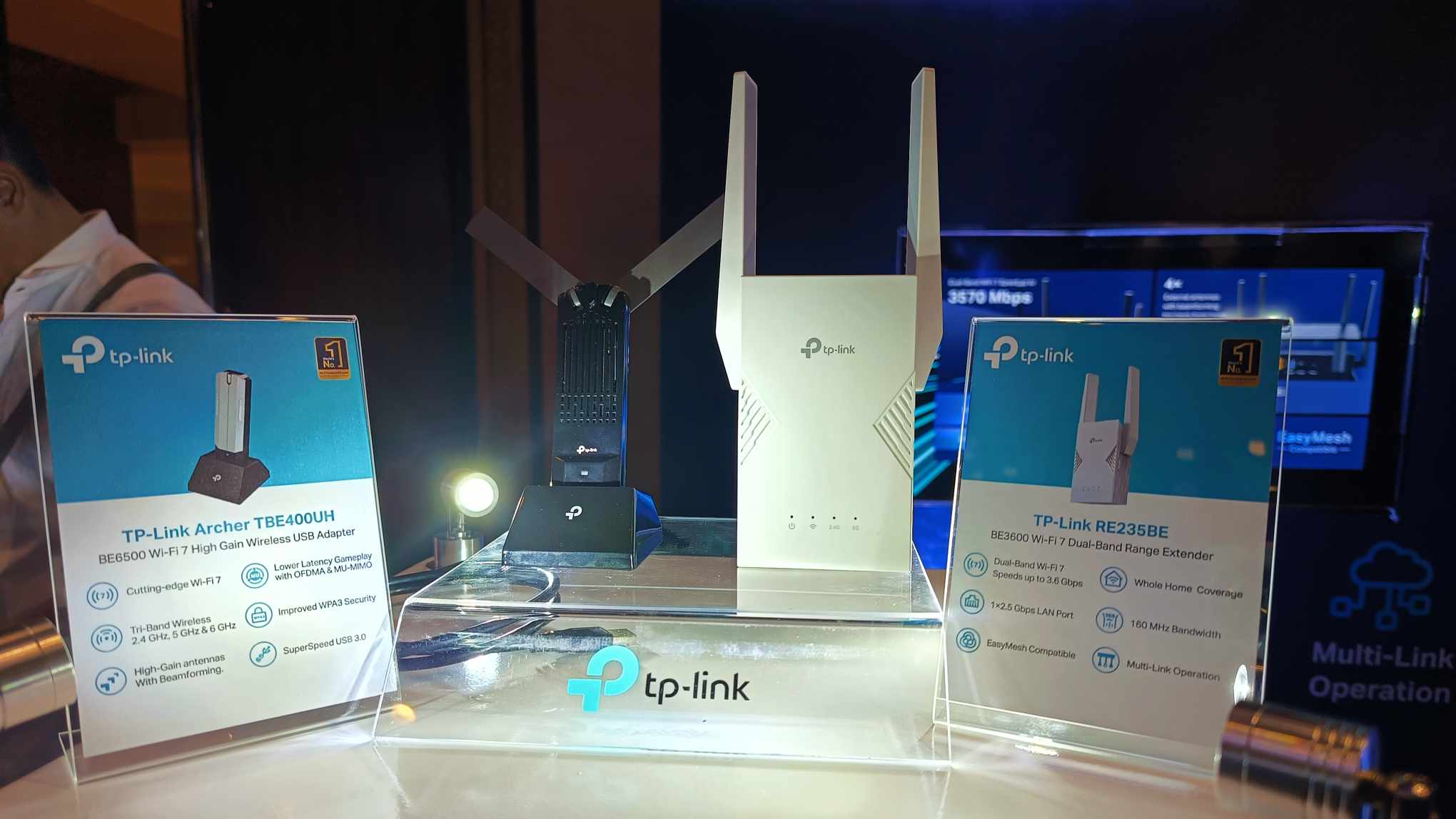Confirming all the rumors about iPhone/iPad processors powering future Macs, Apple announced at WWDC 2020 that it will begin the transition to ARM-based Macs later this year, with the first model being an A12Z-powered Mac Mini for developers.
This development means that we will be seeing Macs powered by Apple’s in-house silicon in the future, making it the biggest transition since Apple’s transition from PowerPC to Intel back in 2005. While Apple is expected to ship the first ARM-powered Macs by the end of this year, the Cupertino company is busy redesigning core MacOS apps to work with the new platform.
To make the transition seamless, Apple is launching a Quick Start Program for developers. For $500, developers will get access to documentation, forums support, and beta versions of macOS Big Sur and Xcode 12. For hardware, Apple will let developers use their Developer Transition Kit (DTK) for a limited time. The DTK is a Mac Mini that is powered by an A12Z Bionic processor paired with 16GB RAM and 512GB SSD storage.
While not all third-party MacOS apps will not work properly with the ARM platform, Apple is providing a backup solution with Rosetta 2—this will allow current Mac apps to run on the ARM platform, plugins included. On the bright side, Apple’s transition to ARM-based Macs means that developers can easily port iPhone and iPad apps to MacOS with minimal modifications.
Given that Apple’s in-house processors can match (or even beat) Intel processors, ARM-based Macs will benefit from proprietary Apple features like more powerful GPUs, Neural Engine machine learning, and a seamless ecosystem that will go along with Apple’s iOS products.
Apple expects around two years to complete the transition to ARM, so expect newer Intel-based Macs to be launched in the future as well.


































































